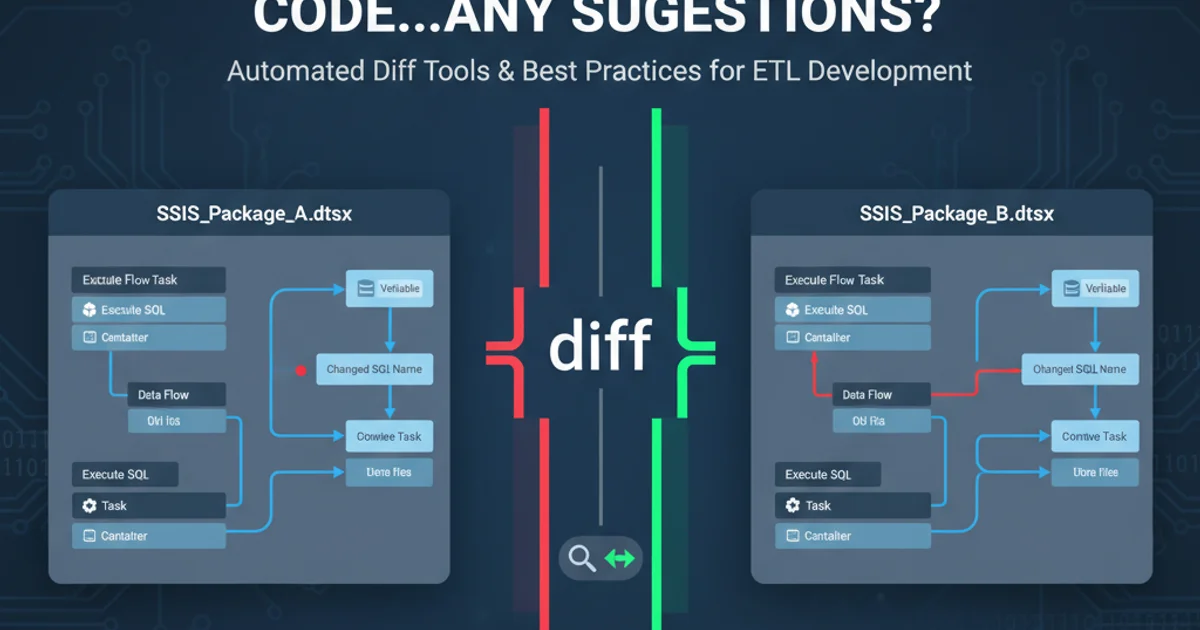How to use GROUP BY on a CLOB column with Oracle?
Grouping CLOB Columns in Oracle: Strategies and Limitations

Explore the challenges and effective techniques for using GROUP BY with CLOB (Character Large Object) columns in Oracle databases, including workarounds for direct grouping limitations.
Oracle's GROUP BY clause is a powerful tool for aggregating data based on common values in one or more columns. However, when dealing with CLOB (Character Large Object) columns, direct application of GROUP BY is not permitted. This limitation stems from the fact that CLOB data types are designed to store very large amounts of text, and comparing them for equality in a GROUP BY context can be computationally expensive and often impractical. This article will delve into why this limitation exists and provide practical strategies to achieve similar grouping effects when working with CLOB data.
Understanding the CLOB GROUP BY Limitation
The primary reason Oracle restricts GROUP BY on CLOB columns is performance and data integrity. CLOBs can store up to 4 gigabytes of character data. Comparing such large strings byte-for-byte for grouping purposes would be extremely inefficient and could lead to significant performance degradation. Furthermore, the concept of 'equality' for very large text blocks can be ambiguous, especially if minor differences (like whitespace or character encoding variations) are present. Oracle's design prioritizes efficient data retrieval and manipulation for standard data types, treating CLOBs as specialized storage for unstructured or semi-structured large text.
flowchart TD
A[Start Query] --> B{Contains CLOB in GROUP BY?}
B -- Yes --> C[Oracle Error: ORA-00932]
B -- No --> D[Proceed with GROUP BY]
C --> E[Consider Workarounds]
E --> F[Hash CLOB Content]
E --> G[Extract Substring]
F --> H[GROUP BY Hashed Value]
G --> I[GROUP BY Substring]
H --> J[Aggregate Other Columns]
I --> J
J --> K[End Query]Decision flow for grouping with CLOB columns
Workarounds for Grouping CLOB Data
While direct GROUP BY on CLOB is not allowed, several techniques can help you achieve a similar outcome by working with a representation of the CLOB content. The most common strategies involve either hashing the CLOB content or extracting a significant substring for comparison. The choice between these methods depends on the size of your CLOB data, the uniqueness requirements, and performance considerations.
Method 1: Hashing the CLOB Content
Hashing is a robust way to create a fixed-size representation of your CLOB data. Oracle provides functions like DBMS_CRYPTO.HASH or DBMS_STANDARD.ORA_HASH (for smaller inputs, but can be adapted) that can generate a hash value. You can then GROUP BY this hash value. This method is generally reliable for identifying identical CLOBs, as the probability of a hash collision for different inputs is very low with strong hashing algorithms.
SELECT
DBMS_CRYPTO.HASH(UTL_RAW.CAST_TO_RAW(c.clob_column), 2) AS clob_hash, -- Using SHA-256
COUNT(*) AS record_count,
MAX(c.id) AS example_id -- Example: get one ID from the group
FROM
your_table c
GROUP BY
DBMS_CRYPTO.HASH(UTL_RAW.CAST_TO_RAW(c.clob_column), 2);
Grouping CLOB data using SHA-256 hash
UTL_RAW.CAST_TO_RAW function is crucial here as DBMS_CRYPTO.HASH expects RAW input. Ensure your CLOB content is compatible with this conversion. For very large CLOBs, you might need to chunk the CLOB and hash each chunk, then combine the hashes, or use DBMS_LOB.GETLENGTH to check size before conversion.Method 2: Extracting a Substring
If you know that the distinguishing characteristics of your CLOB data are contained within the first N characters (e.g., a header, a unique identifier, or a short summary), you can extract a substring and GROUP BY that. This method is simpler but carries a higher risk of collision if the unique parts of your CLOB extend beyond the extracted substring length.
SELECT
SUBSTR(c.clob_column, 1, 4000) AS clob_prefix, -- Max 4000 chars for VARCHAR2
COUNT(*) AS record_count,
MAX(c.id) AS example_id
FROM
your_table c
GROUP BY
SUBSTR(c.clob_column, 1, 4000);
Grouping CLOB data using a substring
SUBSTR function on a CLOB returns a VARCHAR2. The maximum length of a VARCHAR2 in SQL is 4000 bytes (or characters, depending on NLS settings). If your distinguishing prefix is longer, you might need to use DBMS_LOB.SUBSTR and handle the RAW output, or consider hashing.Combining with Other Columns and Aggregates
Regardless of the method chosen (hashing or substring), you can combine the derived CLOB representation with other standard columns in your GROUP BY clause. You can also use aggregate functions like COUNT(), MAX(), MIN(), SUM(), etc., on other non-CLOB columns, just as you would in any other GROUP BY query.
SELECT
t.category_id,
DBMS_CRYPTO.HASH(UTL_RAW.CAST_TO_RAW(t.clob_data), 2) AS clob_hash,
COUNT(*) AS total_items,
MAX(t.last_modified_date) AS latest_modification
FROM
my_clob_table t
GROUP BY
t.category_id,
DBMS_CRYPTO.HASH(UTL_RAW.CAST_TO_RAW(t.clob_data), 2)
HAVING
COUNT(*) > 1;
Grouping by a standard column and a CLOB hash, with a HAVING clause